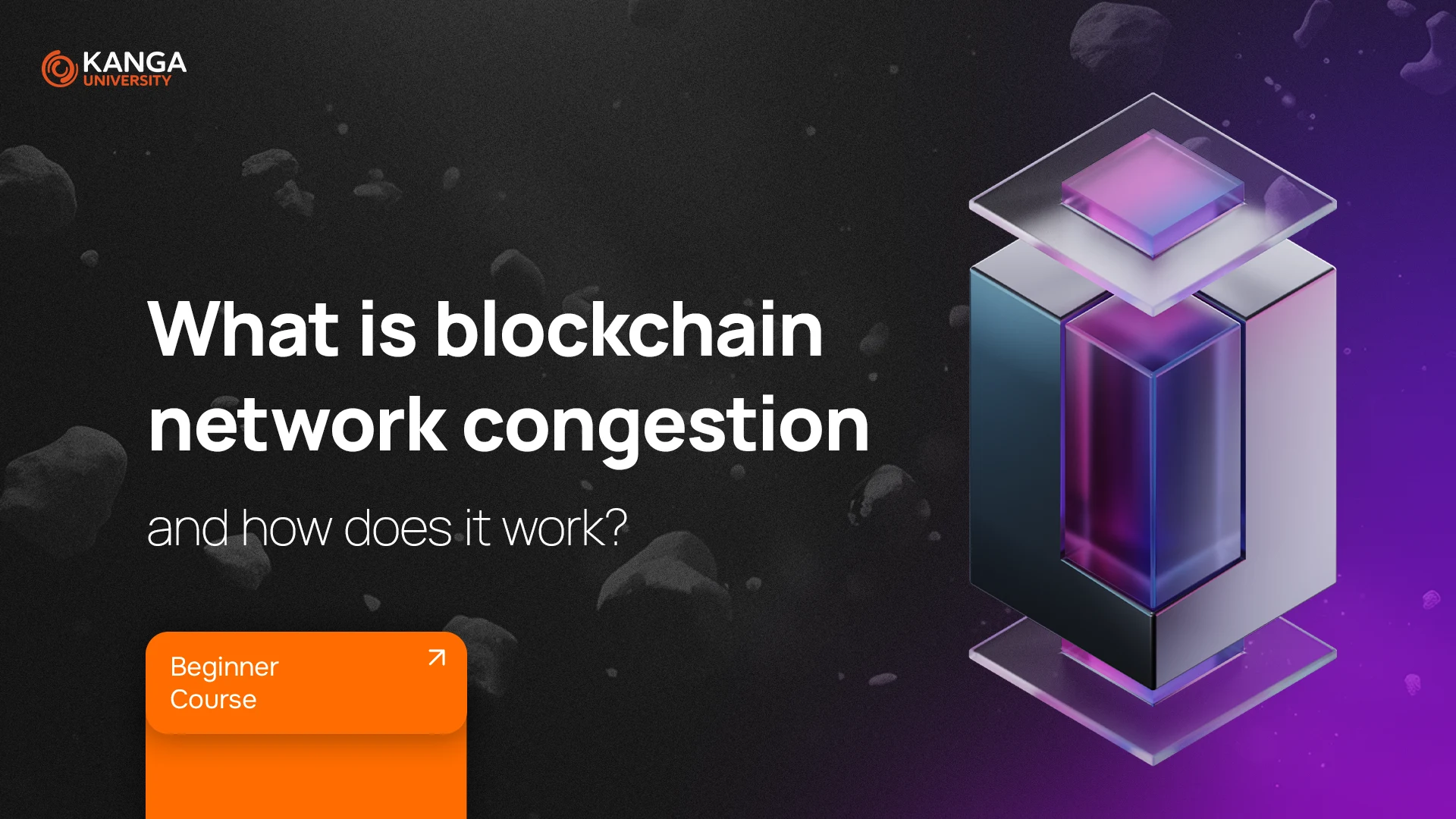
Blockchain network congestion occurs when the number of transactions in a given blockchain exceeds its operational capacity. Similar to conventional systems, blockchain has a defined throughput, measured in transactions per second (TPS). When the network reaches its limits, transactions slow down, and the fees for processing them increase.
Blockchain is a technology that has gained immense popularity in recent years, with the potential to transform multiple industries. To understand why network congestion is a problem, it is essential to first examine how blockchain works and what it consists of.
How Does Blockchain Work?
The blockchain ecosystem is a complex system in which the following key components play a crucial role:
- Nodes – Computers connected to the blockchain network that store a copy of the entire chain, validate transactions, and ensure security.
- Consensus Mechanisms – The rules by which the network reaches an agreement on transaction approval. The most popular ones include Proof-of-Work (PoW) and Proof-of-Stake (PoS).
- Transactions – The process of transferring cryptocurrencies or other information within the blockchain network.
- Cryptography – Advanced encryption algorithms that ensure data security and integrity.
Thanks to these elements, blockchain operates as a decentralized, tamper-resistant database. However, even this technology has its limitations.
Why Does Blockchain Network Congestion Occur?
Every blockchain network has a maximum number of transactions it can process per second (TPS). When the number of users and transactions rapidly increases, the network struggles to keep up, leading to congestion. The main causes of congestion include:
- Increase in the number of users – The more people use blockchain, the greater the network load.
- Limited scalability – Some networks, like Ethereum, have built-in limitations on the number of transactions per second.
- Delays in block validation – If the network cannot process transactions fast enough, bottlenecks occur.
Consequences of Blockchain Network Congestion
The main consequences of blockchain congestion include:
- Increased transaction fees – When the network is overloaded, users must pay higher fees to have their transactions processed faster.
- Longer transaction confirmation times – Waiting times can increase from a few seconds to several hours.
- Scalability issues – Older blockchain networks, such as Bitcoin and Ethereum, often struggle with transaction capacity limitations.
How to Deal with Network Congestion?
There are several strategies to reduce congestion and improve blockchain efficiency:
- Off-chain solutions – Such as sidechains and payment channels, which allow transactions to be conducted outside the main blockchain, reducing its load.
- Network updates and protocol improvements – Technologies like sharding and Layer 2 solutions can enhance network scalability.
- Increasing block size – Larger blocks can process more transactions at once, but require more computing resources.
- Lightning Network (LN) – A Layer 2 solution for Bitcoin that enables fast and low-cost transactions outside the main blockchain.
- EIP (Ethereum Improvement Proposals) – Suggested Ethereum upgrades that help enhance scalability and network efficiency.
Summary
Solving the problem of blockchain network congestion is crucial for the continued development of this technology. Scaling, transaction processing optimization, and improving user experience are priorities that developers are continuously working on. Now that you understand how blockchain congestion works and its consequences, you can better grasp the challenges facing this technology.